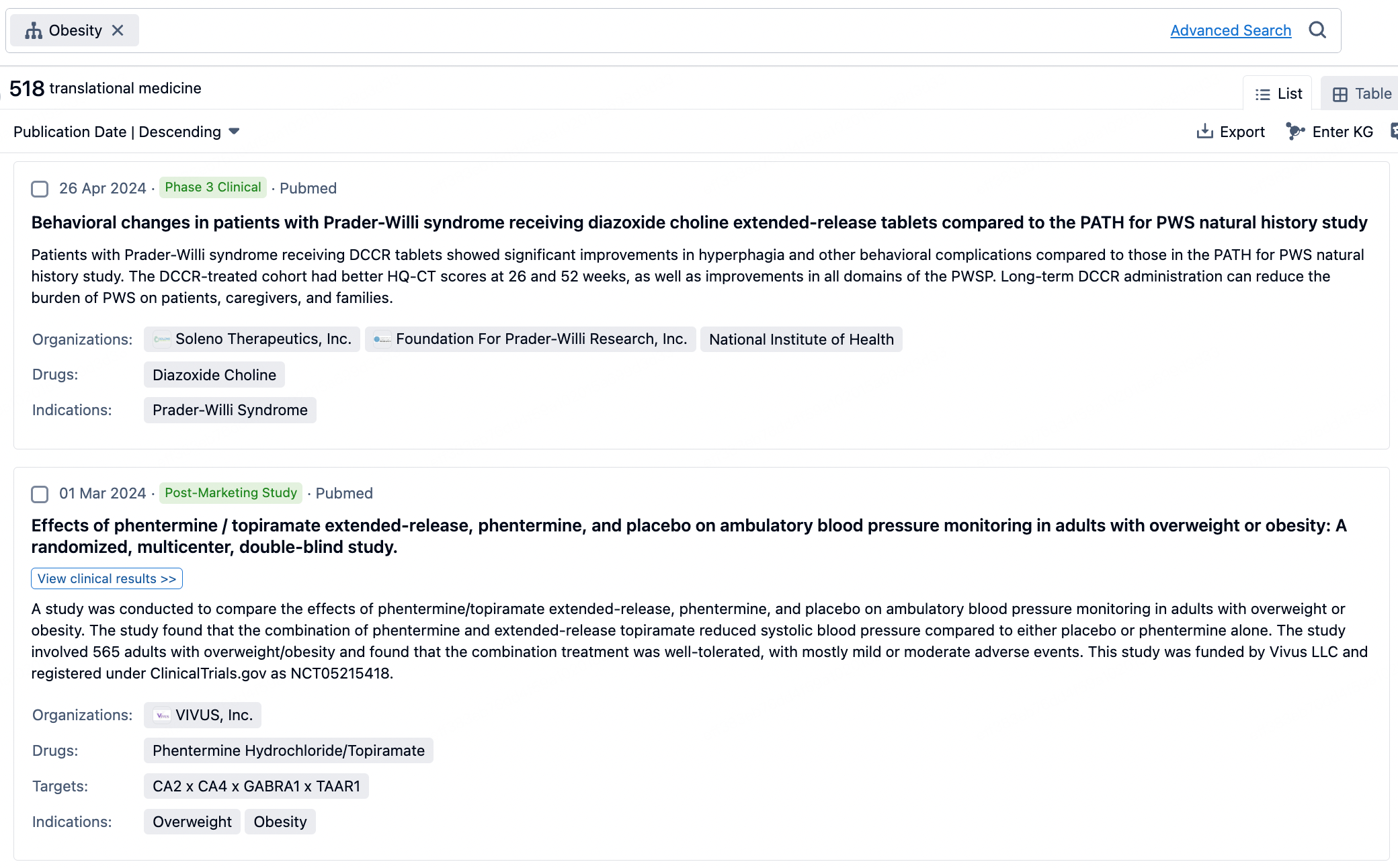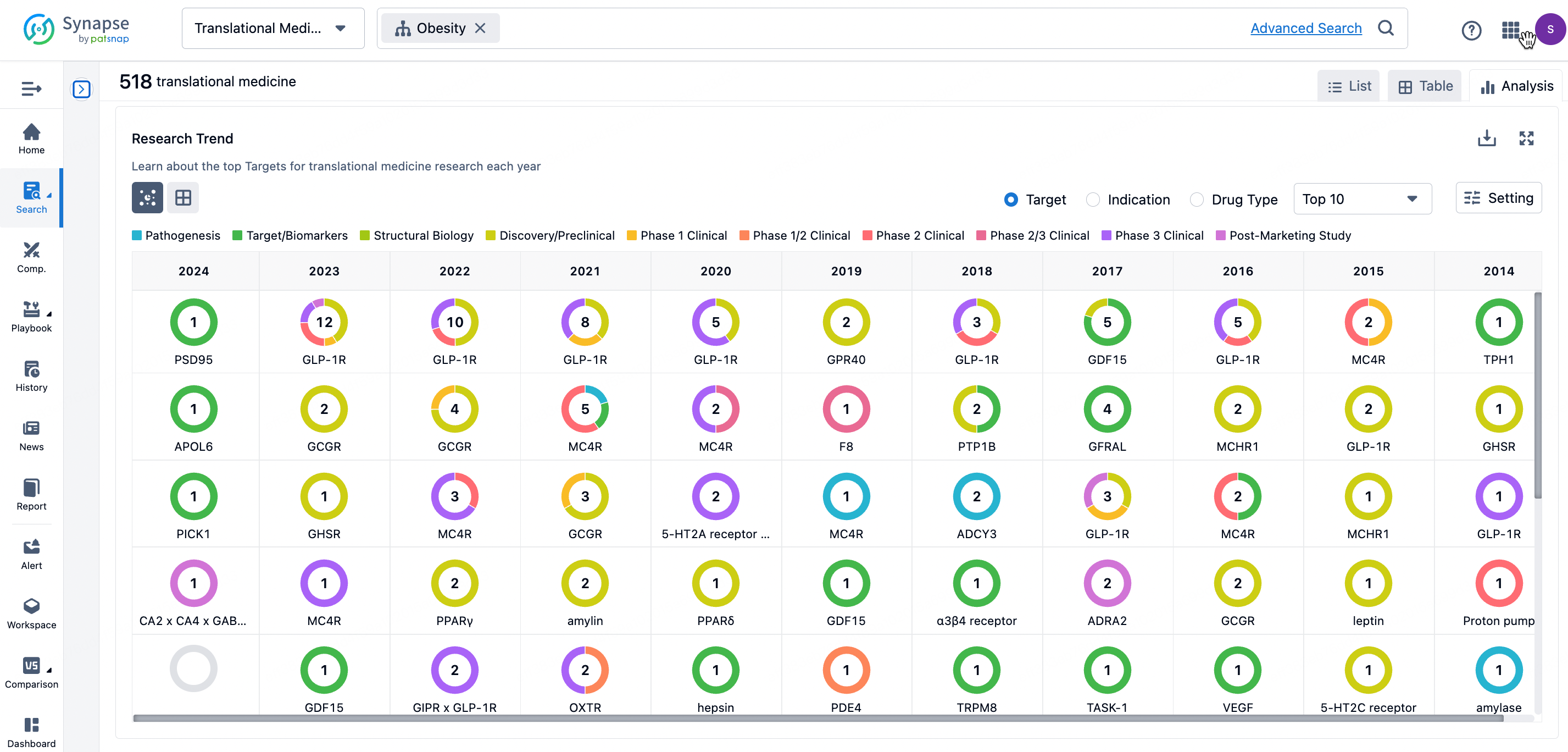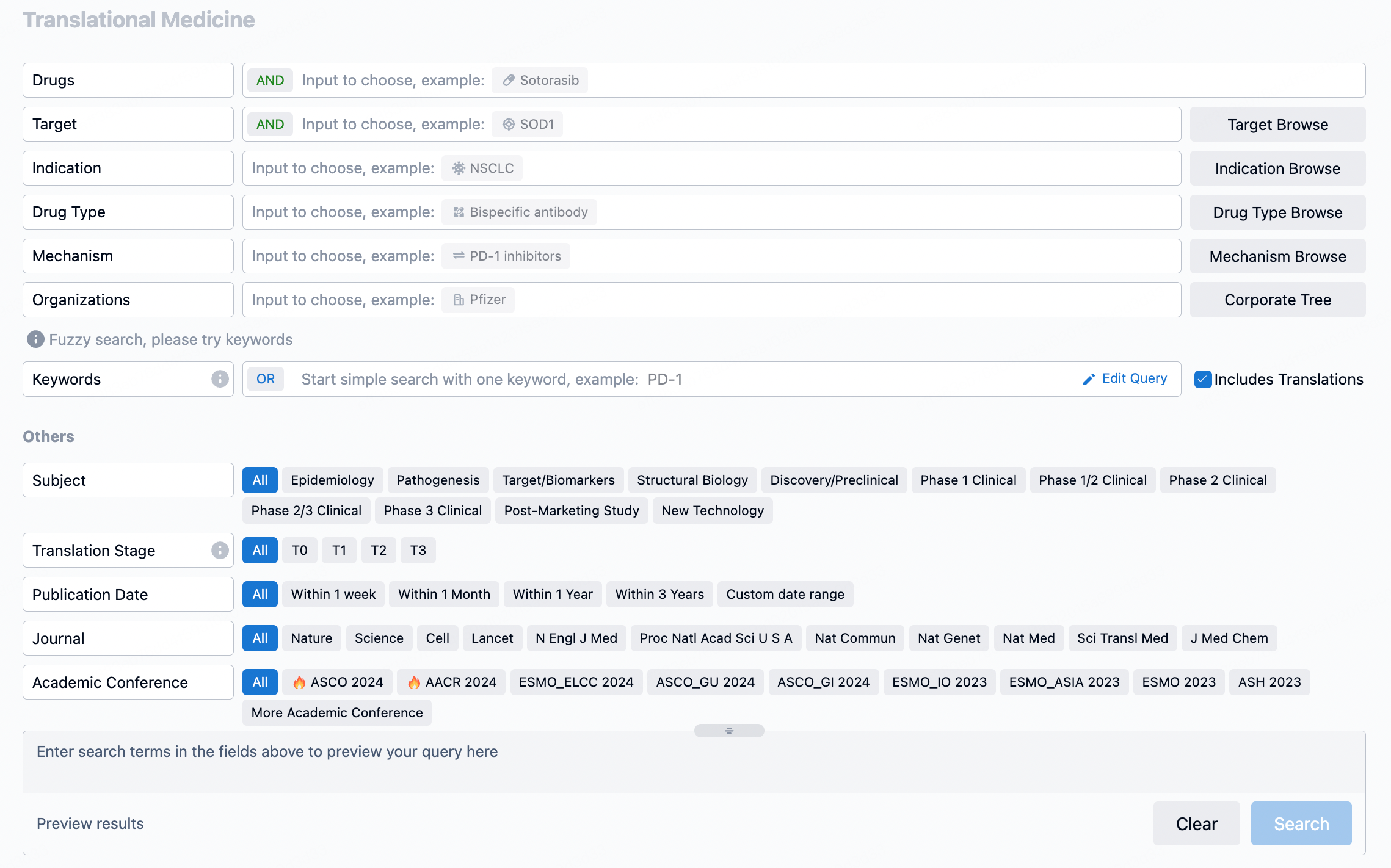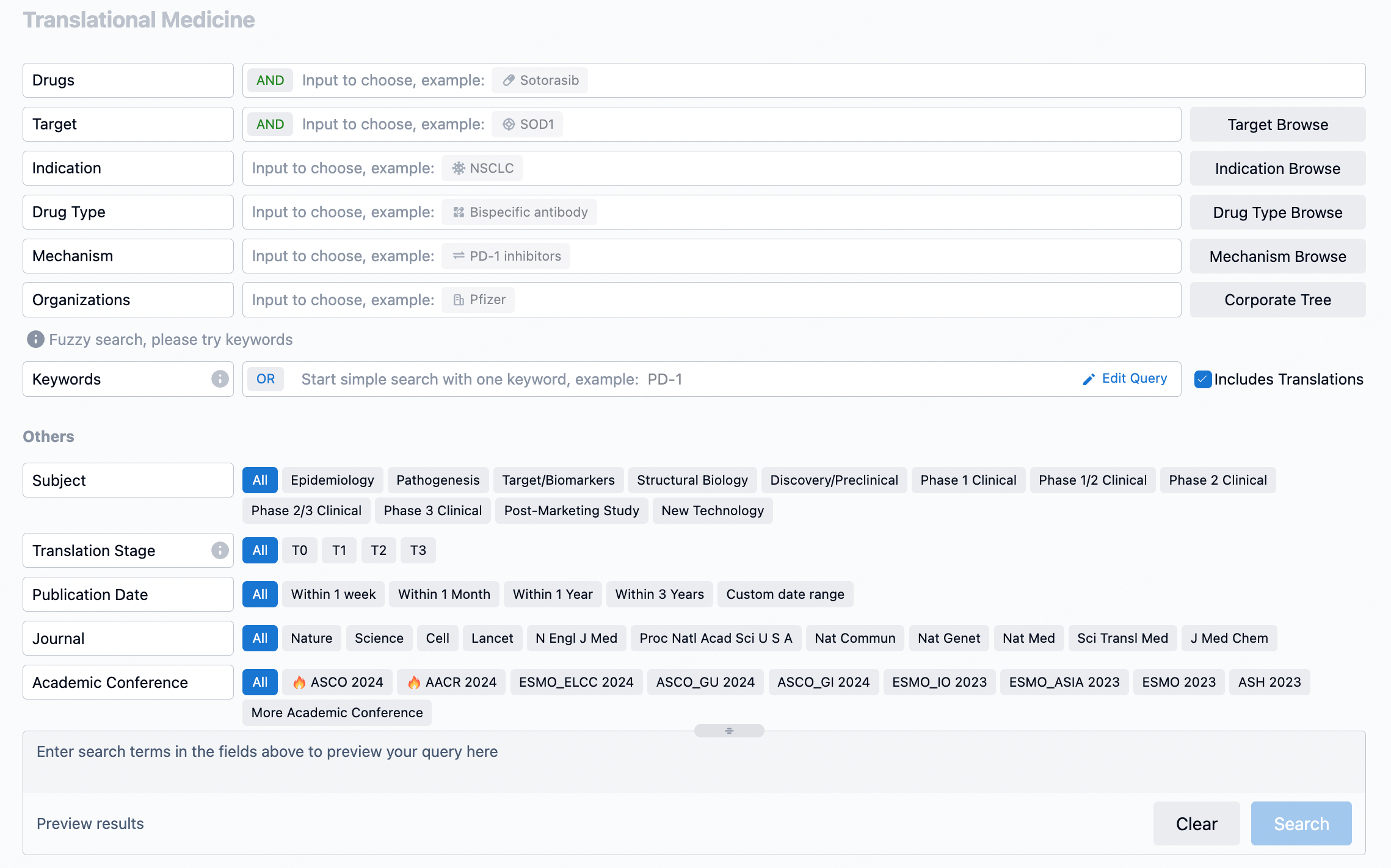Advancements in Multiple Myeloma Therapy: The Emergence of STI-6129 as a Promising Anti-CD38 ADC
STI-6129 is composed of a fully human anti-CD38 antibody, STI-5171, linked to the microtubule inhibitor duostatin-5.2 (Duo-5.2) using site-specific C-LOCK technology. The antibody STI-5171 selectively binds to CD38-positive tumor cells with high affinity. STI-6129 is internalized by CD38-positive cells and has demonstrated cytotoxic activity against a range of CD38-expressing tumor cell lines without affecting normal human peripheral blood mononuclear cells (PBMCs).
The mechanism of action of STI-5171 differs from daratumumab in that it does not induce homotypic aggregation of tumor cells, a response associated with drug resistance and increased metastatic potential. STI-6129 has shown broad and potent in vivo anti-tumor efficacy in various xenograft models. Pharmacokinetic studies in Daudi-Fluc tumor-bearing mice indicate that the ADC is stable with a half-life of 7-11 days, similar to the unconjugated antibody. A single injection of STI-6129 at 10 mg/kg maintained a therapeutic serum concentration for up to a week. In cynomolgus monkeys, the PK profiles of STI-6129 and STI-5171 were nearly identical, confirming the ADC's stability in circulation.
In conclusion, STI-6129 has exhibited significant in vitro and in vivo anti-tumor activities against CD38-positive hematological models. These findings suggest the potential of STI-6129 as a promising therapeutic agent for the treatment of multiple myeloma, possibly serving as a superior or alternative option to existing treatments.
How to Use Synapse Database to Search and Analyze Translational Medicine Data?
The transational medicine section of the Synapse database supports searches based on fields such as drug, target, and indication, covering the T0-T3 stages of translation. Additionally, it offers a historical conference search function as well as filtering options, view modes, translation services, and highlights summaries, providing you with a unique search experience.
Taking obesity as an example, select "obesity" under the indication category and click search to enter the Translational Medicine results list page. By clicking on the title, you can directly navigate to the original page.

By clicking the analysis button, you can observe that GLP-1R treatment for obesity has gained significant attention over the past three years, with preclinical research still ongoing in 2023. Additionally, there are emerging potential targets, such as GDF15, among others.

Click on the image below to go directly to the Translational Medicine search interface.

